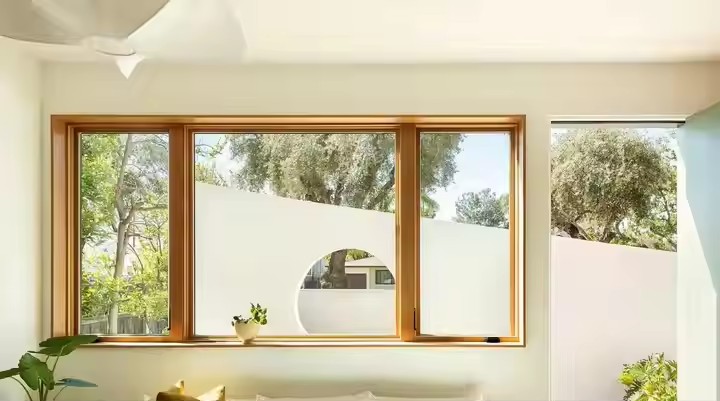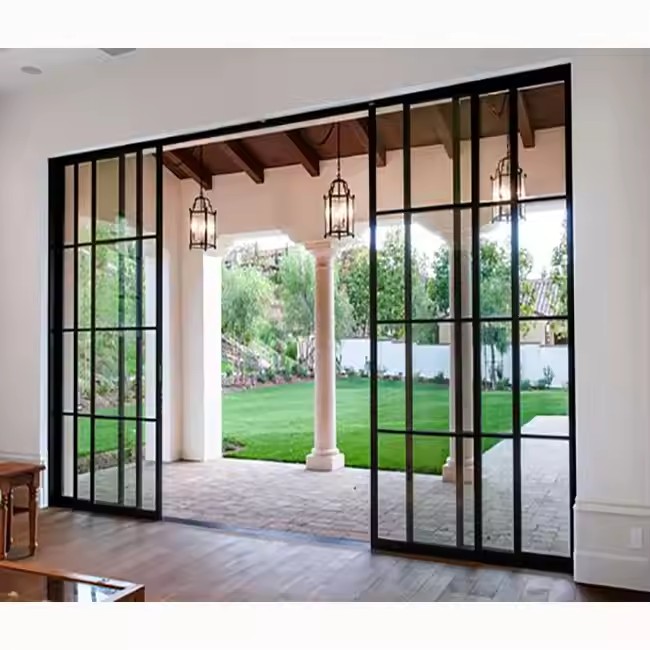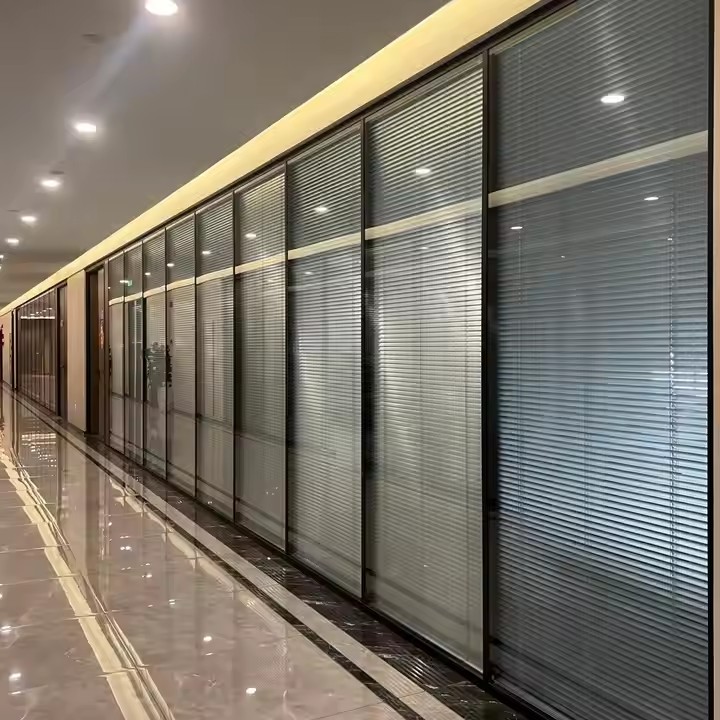I. Core Dimensions of Consideration: The Underlying Logic of Material Selection
The choice of curtain wall materials for Australian sports stadiums is not simply about “aesthetics” or “cost,” but is instead grounded in climate adaptability as the foundation, functionality first as the core, and sustainability as the long-term goal. At the same time, it must strictly comply with the Building Code of Australia (BCA) and stadium-specific standards (e.g., the AS 4040 series). The focus is on five main aspects:
Resistance to Extreme Climate
UV resistance: Australia’s UV Index (UVI) remains at “high–very high” year-round (reaching 11+ in some regions during summer). Curtain wall materials must have excellent UV-aging resistance to prevent fading, cracking, or performance degradation.
Heat resistance: With summer outdoor temperatures often exceeding 40°C, materials should have low thermal conductivity (to reduce air-conditioning load) and high resistance to thermal deformation (e.g., metal profiles must withstand expansion and contraction).
Salt spray / rain resistance: Stadiums in coastal cities (Sydney, Melbourne, Brisbane) must resist salt spray corrosion (preventing metal rusting and stone weathering). Curtain wall seal systems must also withstand heavy rainfall (such as tropical cyclone downpours).
Wind load resistance: In regions like Perth, strong winds are frequent. Curtain wall structures and materials must meet high wind pressure resistance levels (typically designed for the maximum wind speed expected once every 50 years).

Functional Adaptability
Balance of light transmission and shading: Must ensure ample natural daylight inside the stadium (reducing daytime lighting energy use) while preventing glare that could affect athletes’ vision (critical in sports like football and tennis).
Acoustic control: Stadium events require isolation from external noise (traffic, crowds) and containment of internal noise (cheering, commentary). Curtain walls must offer sound insulation.
Safety redundancy: As stadiums are high-occupancy venues, curtain walls must meet strict safety standards: shatter-resistant glass, fire-resistant materials (per BCA requirements), and impact-resistant structures (to withstand accidents or extreme weather).
Sustainability (Green Building Goals)
Australian sports architecture often targets Green Star or LEED Australia certifications, so curtain wall materials must:
Have low carbon impact: Prefer recycled materials (e.g., recycled aluminum, recycled steel) and low-embodied-carbon options.
Improve energy efficiency: Use high-insulation materials (e.g., double-glazed Low-E glass) to reduce building energy use.
Enable recyclability: Materials should be designed for recovery and reuse after demolition, reducing construction waste.
Maintenance Costs and Durability
Stadiums typically have service lives exceeding 30 years, so curtain wall materials must offer “low-maintenance, long-lifespan” performance:
Avoid easily corroded or faded materials (ordinary carbon steel should be replaced with weathering steel or aluminum alloy).
Surface treatments should be long-lasting (e.g., fluorocarbon coatings on aluminum can last over 20 years).
Simplify construction details (reducing cleaning and maintenance costs, such as replacing high-altitude glass).
Visual and Cultural Adaptation
Curtain walls must harmonize with the overall stadium design and surrounding environment, while reflecting regional character:
Coastal stadiums may use glass or metal panels in “ocean blue” tones, echoing seascapes.
Inland stadiums may favor light-colored materials (reflecting sunlight and reducing heat absorption).
II. Typical Materials and Technical Features
Based on the above dimensions, curtain wall materials for Australian sports stadiums can be grouped into panel materials, structural support materials, and sealants/auxiliary materials. Their selection logic and advantages are as follows:
Structural Support Materials – Core Load-Bearing and Stability

Aluminum Alloy Profiles (6061-T6):
A primary material for curtain wall frames. Advantages: lightweight + weather-resistant. 6061-T6 aluminum alloy has a tensile strength of 310 MPa, and with anodizing or fluorocarbon coatings, its salt-spray resistance far surpasses that of ordinary steel. Suitable for glass and aluminum panel curtain wall frameworks, especially in coastal stadiums (avoiding rust-related maintenance costs). High-strength aluminum alloys also ensure longer service life.
Stainless Steel (316L):
Used for connectors (bolts, hangers). Containing molybdenum, 316L offers 2–3 times better salt-spray resistance than standard 304 stainless steel—ideal for coastal stadiums (e.g., Sydney Football Stadium, Brisbane Cricket Ground). Note: connectors must be passivated to prevent galvanic corrosion when in contact with aluminum.
Galvanized Steel (Q355ND):
Used for large-span curtain wall beams (e.g., stadium roof cantilevers). Q355ND is a weather-resistant low-carbon steel with hot-dip galvanization (≥85 μm coating) for corrosion resistance. It is more cost-effective than stainless steel, making it suitable for inland, non-high-salt environments.
Sealants and Auxiliary Materials – Ensuring Long-Term Performance
Neutral Silicone Structural Sealant:
Used for bonding glass to aluminum profiles and sealing curtain wall joints. Must comply with AS 4020 standards, using neutral (not acidic) silicone to avoid aluminum corrosion. Sealants should also resist high/low temperatures (-40°C to 80°C), UV exposure, and aging, with service lives exceeding 15 years (e.g., Dow Corning DC791, Wacker GM-900).

